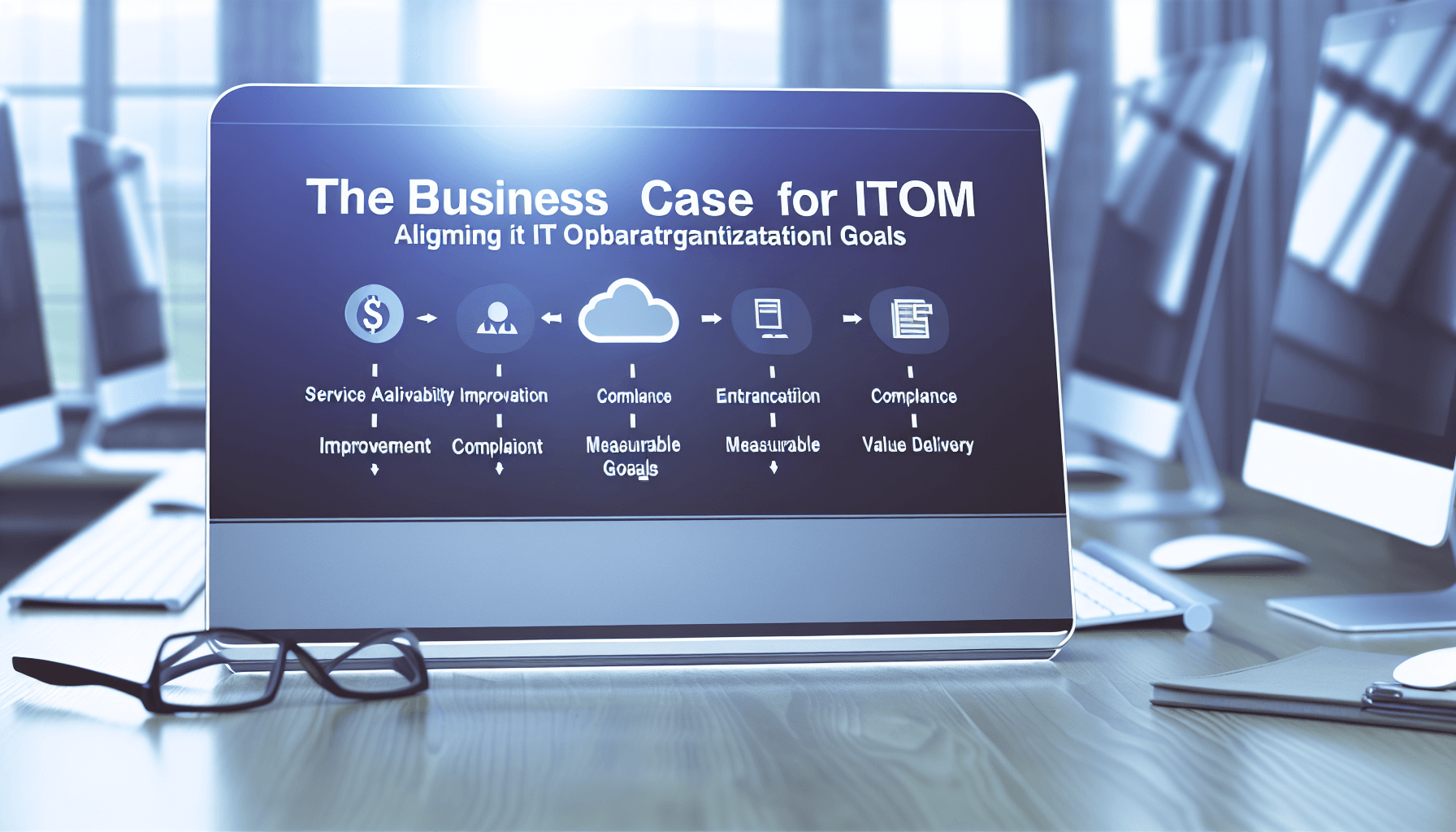AI-Enabled Onboarding: Streamlining Employee Integration for Modern Enterprises

In today’s fast-paced business environment, employee onboarding has become a critical factor for success. For organizations with a global presence, particularly those expanding into dynamic markets such as Latin America, optimizing this process is no longer just a matter of efficiency: it is a true competitive advantage. Traditional methods, often manual and slow, can no longer keep up with the demands of hybrid workforces, the complexity of IT ecosystems, and the growing expectations of employees.
This is where AI-driven onboarding comes into play: a new paradigm where automation and intelligence completely transform the integration experience. Through workflow automation and IT service management (ITSM), these solutions not only reduce manual effort but also deliver consistency, security, and a superior experience for every new hire.
In this article, we will explore how organizations of all sizes are leveraging AI-powered onboarding to automate processes, provide personalized support, and accelerate productivity from day one. Whether you lead an HR team, manage IT, or drive business strategy, especially in rapidly growing markets like Latin America, this guide will show you the path toward smarter, more effective onboarding.
Why Traditional Employee Onboarding Falls Short
Legacy onboarding workflows often involve a tangle of paperwork, manual approvals, disparate systems, and repetitive data entry. These inefficiencies create pitfalls:
- Inconsistent experiences: Without standardized workflows, onboarding quality varies by department and location.
- Delayed system access: Employees may wait weeks to receive credentials or equipment, undermining engagement.
- Inconsistent experiences: Without standardized workflows, onboarding quality varies by department and location.
- High administrative burden: HR and IT teams are bogged down with manual tasks and troubleshooting.
- Onboarding compliance risks: Manual processes can overlook regulatory requirements, especially across geographies.
- Poor first impressions: Frustrating, slow onboarding reduces new-hire satisfaction and retention.
These challenges are amplified for enterprises operating across countries or scaling rapidly, common scenarios throughout Latin America’s burgeoning tech sector. Clearly, a smarter, automated approach is needed.
How AI Onboarding Transforms Employee Integration
AI onboarding platforms harness the power of artificial intelligence and workflow automation to reimagine the integration process. Let’s examine the core capabilities that distinguish AI-enabled employee integration from traditional methods:
- Personalization at scale: AI leverages employee data (role, location, preferences) to create tailored onboarding journeys, ensuring each new hire receives relevant information, training, and resources.
- Automated task orchestration: Intelligent workflows coordinate cross-functional tasks—such as account provisioning, equipment delivery, and compliance checks, eliminating delays and manual errors.
- Proactive issue resolution: AI chatbots and virtual assistants provide real-time support, guiding employees through onboarding steps, answering FAQs, and escalating complex issues before frustration builds.
- Continuous learning and process improvement: Machine learning algorithms analyze onboarding data to uncover bottlenecks, predict employee needs, and recommend workflow enhancements over time.
The result? Faster time-to-productivity, greater consistency, lower operational costs, and a more engaging, supportive onboarding experience. These benefits are especially valuable for Latin America-based enterprises, where talent acquisition and retention are top priorities amid regional expansion and digital transformation.
Key Use Cases and Enterprise Examples of AI-Enabled Onboarding
How do global organizations bring AI onboarding to life? Let’s explore some real-world enterprise AI use cases that illustrate the promise of employee integration automation:
1. Automated IT and Application Access Provisioning
Leading ITSM platforms now integrate with AI-driven identity management systems. When a new hire accepts an offer, the platform:
- Automatically provisions (and later de-provisions) accounts based on the employee’s role, project needs, and security clearance.
- Kicks off hardware requests or software licensing in parallel, reducing the chance of Day One access issues.
- Utilizes AI to detect potential access conflicts or anomalies, alerting IT before risks escalate.
2. Personalized Employee Journeys via AI Chatbots
Instead of generic email checklists, new hires interact with intelligent chatbots that:
- Deliver personalized onboarding checklists and schedule reminders.
- Answer common HR, payroll, or benefits questions in the employee’s native language, crucial for diverse Latin American teams.
- Escalate queries to human agents only when needed, reducing wait times and improving satisfaction.
3. Automated Compliance and Documentation Workflows
AI onboarding platforms use workflow automation to:
- Collect digital signatures and verify completion of regulatory paperwork (such as data privacy consents or tax forms).
- Trigger country-specific compliance checks for certifications, background screenings, and document verification.
- Monitor onboarding progress, automatically nudging any pending tasks to avoid compliance gaps.
4. Seamless Cross-Department Collaboration
AI-enabled workflows synchronize actions across HR, IT, Facilities, and Training:
- Automatically assign, track, and update onboarding tasks in a central dashboard.
- Send notifications or reminders to relevant teams (e.g., facilities for workspace setup, managers for orientation scheduling).
- Flag dependencies and escalate bottlenecks in real time, ensuring nothing falls through the cracks.
Global enterprises like IBM, Accenture, and Mercado Libre are already embracing these patterns, accelerating onboarding, reducing help desk tickets, and improving business process improvement across Latin America and beyond.
Implementing AI Onboarding: Best Practices for Modern Enterprises
Transitioning to AI-powered onboarding requires thoughtful planning and change management. Here are proven best practices for successful adoption:
1. Map Your Existing Onboarding Processes
- Document the current employee integration journey across HR, ITSM, Facilities, and Security.
- Identify manual pain points, bottlenecks, and repetitive tasks suitable for workflow automation.
- Consider regional nuances, Latin America offices may require local language support, unique compliance checks, or integration with country-specific platforms.
2. Define Clear Objectives and Success Metrics
- Select measurable KPIs aligned with business impact, such as: reduced onboarding time, fewer access-related help desk tickets, improved new-hire NPS (Net Promoter Score), and higher retention at 90 days.
- Establish a feedback loop between HR, IT, and end users to track ongoing improvements and align AI system training.
3. Prioritize Seamless Integration with Core Systems
- Choose an AI onboarding solution that integrates natively with your HRIS, ITSM, Identity and Access Management (IAM), and collaboration tools (e.g., Microsoft Teams, Slack).
- Ensure APIs or middleware can support multiple languages and region-specific compliance needs, critical for Latin America enterprise environments.
- Plan a phased rollout, starting with high-impact onboarding tasks or specific departments before company-wide expansion.
4. Design for Personalization and Accessibility
- Use AI to tailor onboarding content, communications, and workflows based on role, team, location, and individual learning preferences.
- Incorporate multilingual support and accessibility best practices (WCAG compliance, mobile access) to support diverse, distributed teams.
- Regularly update chatbot knowledge bases and FAQ content based on user queries and evolving regulations.
5. Foster a Culture of Human-AI Collaboration
- Train HR and IT teams to shift from repetitive administrative tasks to value-added support, such as coaching, mentoring, and cultural integration.
- Communicate transparently about AI’s role in onboarding and encourage new hires to provide feedback on their automated onboarding experience.
- Recognize that AI onboarding isn’t about replacing people, but empowering them to deliver a more consistent, engaging, and scalable process.
AI Onboarding in Latin America: Unique Opportunities and Considerations
For enterprises expanding in Latin America, AI-enabled onboarding offers significant advantages, but also unique challenges:
- Multilingual Onboarding: Many organizations operate across Spanish and Portuguese-speaking countries. AI chatbots and portals must offer seamless support in multiple languages to drive effective employee integration automation.
- Local Compliance and Payroll Nuances: Regulations around labor contracts, data privacy (such as Brazil’s LGPD), and benefits differ by country. AI onboarding solutions should automate region-specific compliance steps and integrate with local payroll partners.
- Digital Literacy and Mobile Adoption: Employee onboarding journeys should be optimized for mobile devices, especially in markets where mobile internet usage far outpaces desktop access.
- Rapid Business Growth: Latin American startups and multinationals often scale headcount quickly as markets expand. AI automation ensures onboarding processes remain consistent without overburdening limited HR or IT teams.
By addressing these factors, companies in Latin America can leap ahead, developing AI onboarding programs that not only save time but also build a unified, engaged, and compliant workforce across geographies.
Measuring the ROI of AI-Enabled Employee Integration
Leadership often asks: does investing in AI onboarding pay off? The answer is a resounding yes, when executed with clear metrics and continuous refinement. Here’s how leading enterprises maximize their return on investment:
- Time-to-Productivity: AI-driven workflow automation decreases the average time it takes for new hires to become fully operational, sometimes by as much as 40%.
- Operational Cost Reduction: Automating routine onboarding tasks can cut HR and IT administrative costs by 25-35%, freeing teams to focus on strategic initiatives.
- New-Hire Satisfaction: Personalized, responsive onboarding boosts engagement, reflected in higher NPS scores and lower early attrition rates.
- Compliance Assurance: Automated checks and documentation workflows reduce the risk of costly regulatory lapses, especially when operating in multiple Latin American countries.
- Scalability: AI onboarding platforms easily adapt as headcount grows or business units expand, without the need to scale HR administration at the same pace.
To capture these benefits, organizations must continuously monitor onboarding metrics, gather feedback, and adjust AI workflows to evolving business and regulatory needs.
Future Trends: What’s Next for AI Onboarding and Workflow Automation?
AI onboarding is only the beginning of the broader transformation of enterprise workflows. Some emerging trends to watch include:
- Hyperautomation: The integration of AI, RPA (Robotic Process Automation), and low-code/no-code platforms will enable end-to-end automation of not only onboarding but also employee lifecycle management, including promotions, compliance training, and offboarding.
- Predictive Personalization: AI will increasingly anticipate new-hire needs, suggesting training modules, connecting mentors, or proactively resolving likely IT issues before they arise.
- Voice and Conversational Interfaces: As voice-activated assistants and multilingual chatbots mature, onboarding support will become even more natural, accessible, and inclusive.
- Holistic Employee Experience Platforms: Forward-thinking enterprises will unify onboarding, learning, internal mobility, and well-being programs in a single, AI-powered digital workplace.
For organizations in Latin America, embracing these trends positions them for long-term success as both regional digital leaders and attractive employers on the global stage.
Accelerate Business Success with AI-Enabled Onboarding
AI-driven onboarding is not simply a technological innovation; it is a true accelerator for transforming business processes and employee experience, especially in markets as dynamic and competitive as Latin America. By integrating workflow automation, intelligent personalization, and seamless connection with the business ecosystem, organizations build a scalable foundation that ensures consistent, secure, and memorable experiences for every new employee.
The path is clear: reduce friction in onboarding, ensure regulatory compliance, and deliver excellent support from day one. Embracing AI-powered onboarding means not only optimizing processes but also driving agility, engagement, and sustained competitive advantage.
The future is already here. The next step is yours: map your current processes, identify automation opportunities, and partner with specialists in intelligent employee integration. The question is not whether to take this step, but when. And the answer is now.















